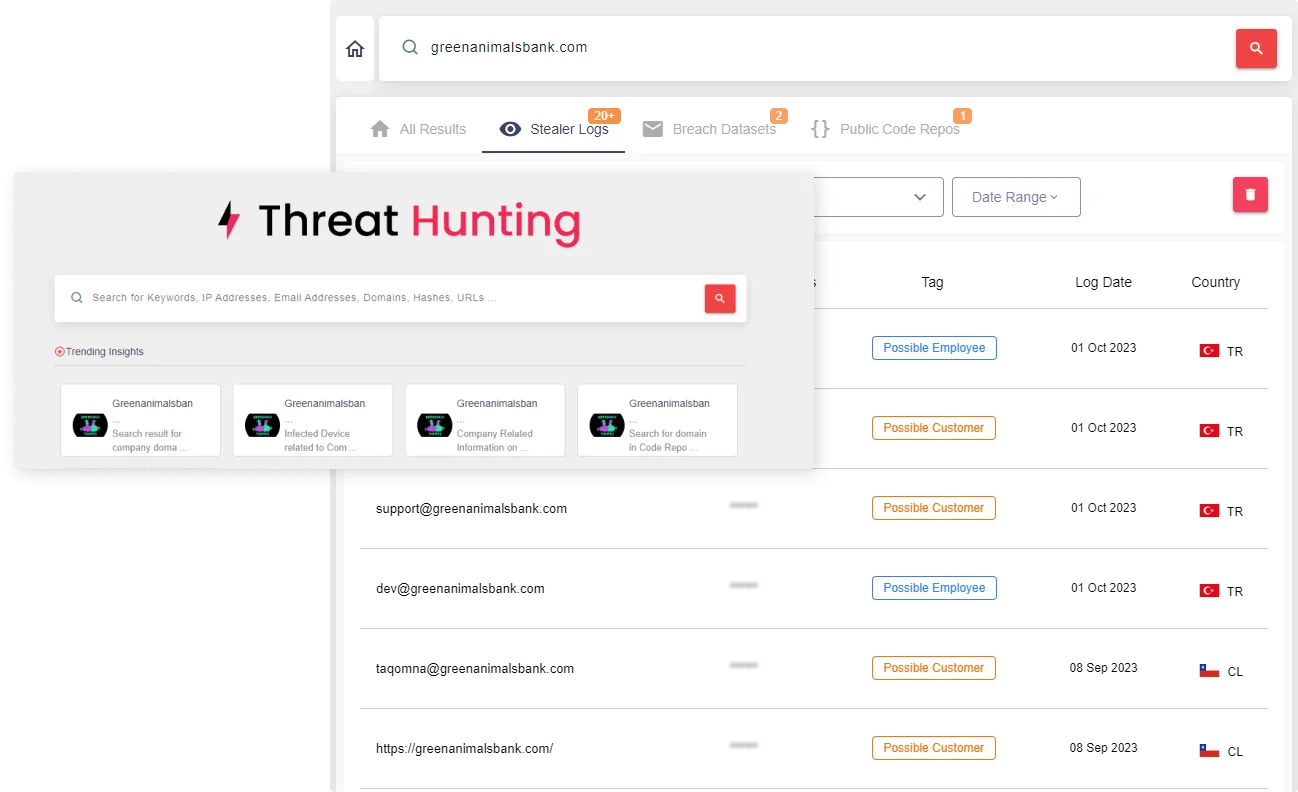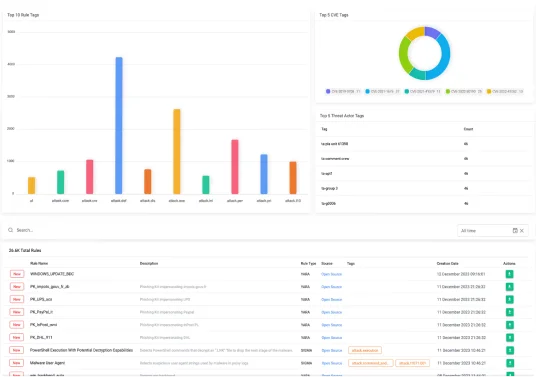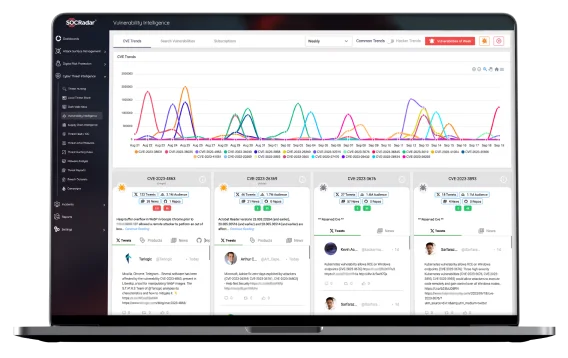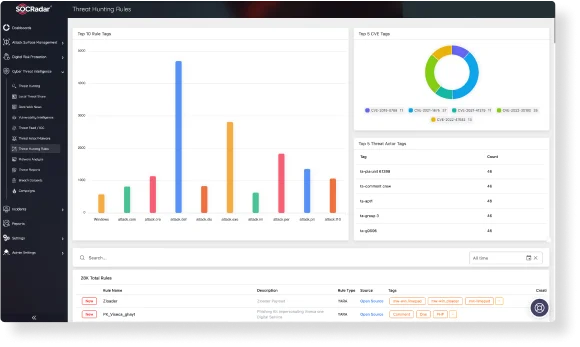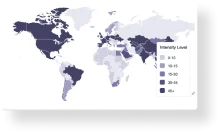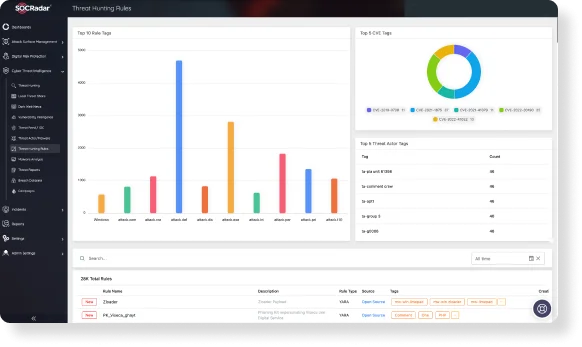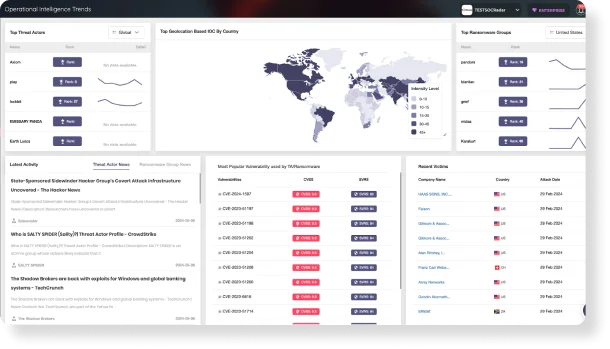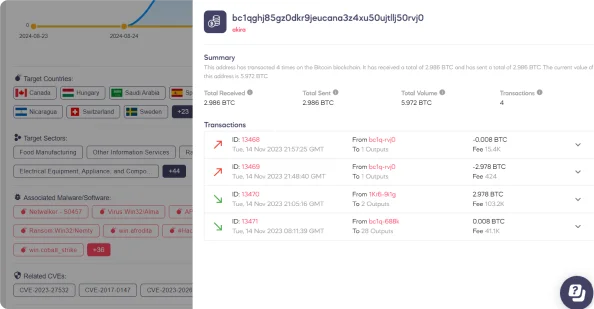Usually, cyber threat intelligence and cyber intelligence terms are used for the same meaning. But in theory, the two terms have different contexts.
CTI is the collection and revealing of threats that may harm business elements and security at any level to institutions and organizations. It is a type of intelligence that enables early measures to be taken by detecting the goals, methods, or types of attacks of the attackers as a result of analyzing the data collected and enriched from electronic media through a process.
CTI provides information on malicious actors, their tools, their infrastructure, and their methods for;
- Identifying types of attacks,
- Defining, guiding, and prioritizing operational requirements,
- Understanding threat actor capability, tactics, techniques, and procedures,
- Deploying detection systems,
- Developing defense strategies.
- Cyber intelligence (CI) translates the data obtained from the attackers’ networks into an operative report through “standard intelligence approaches.”
As can be understood from the definitions, while CTI focuses information on cyber threats, CI focuses on useful Intel from the Internet.





























